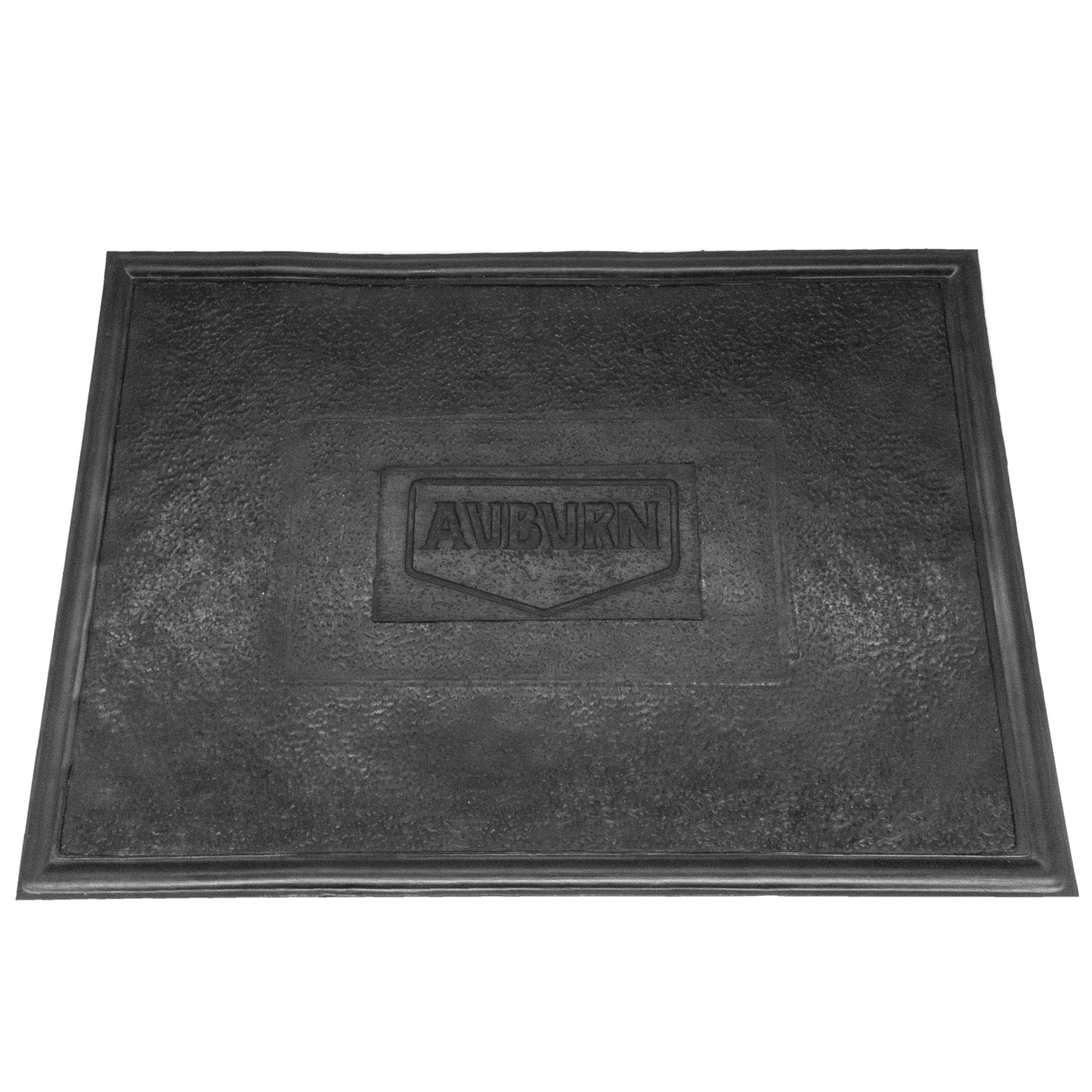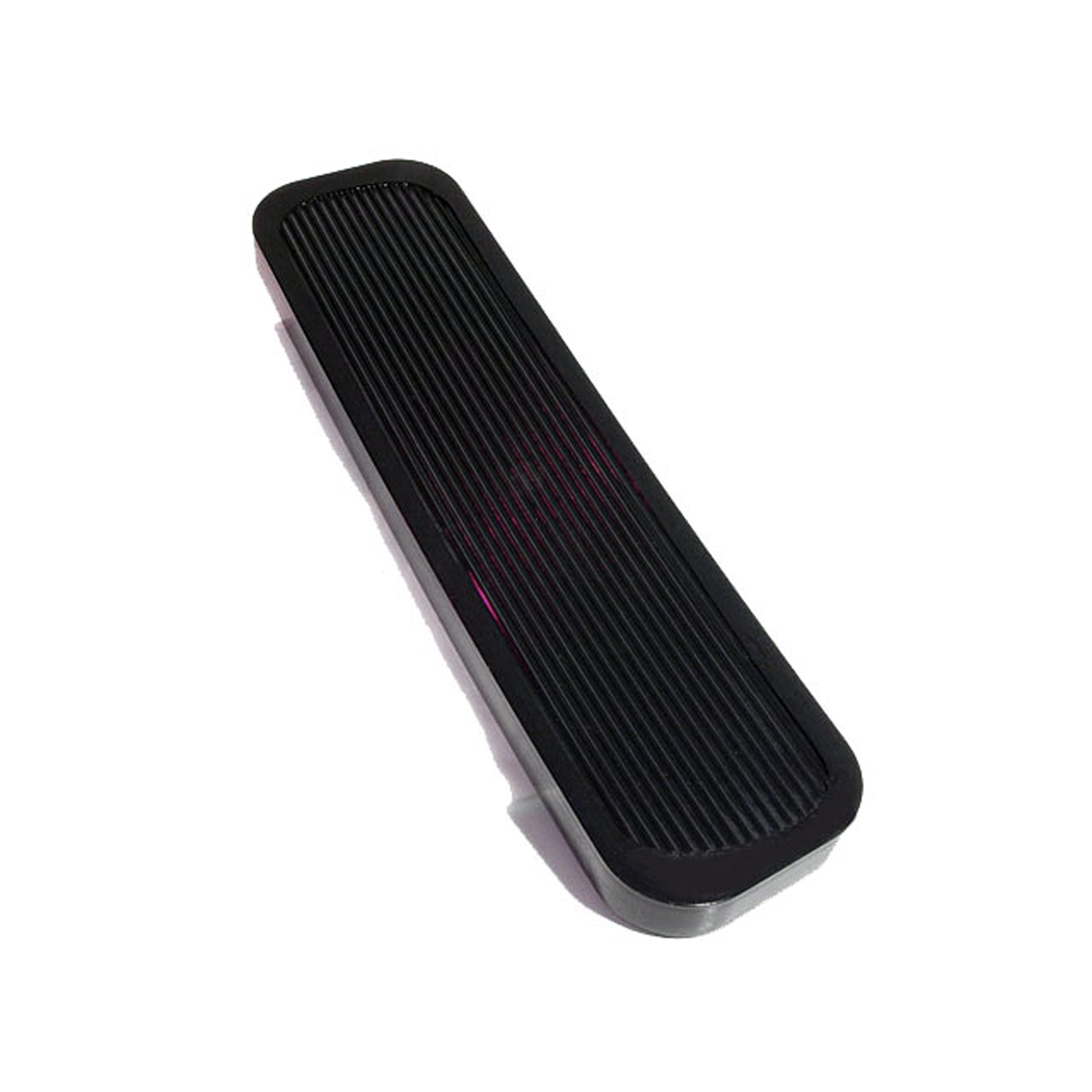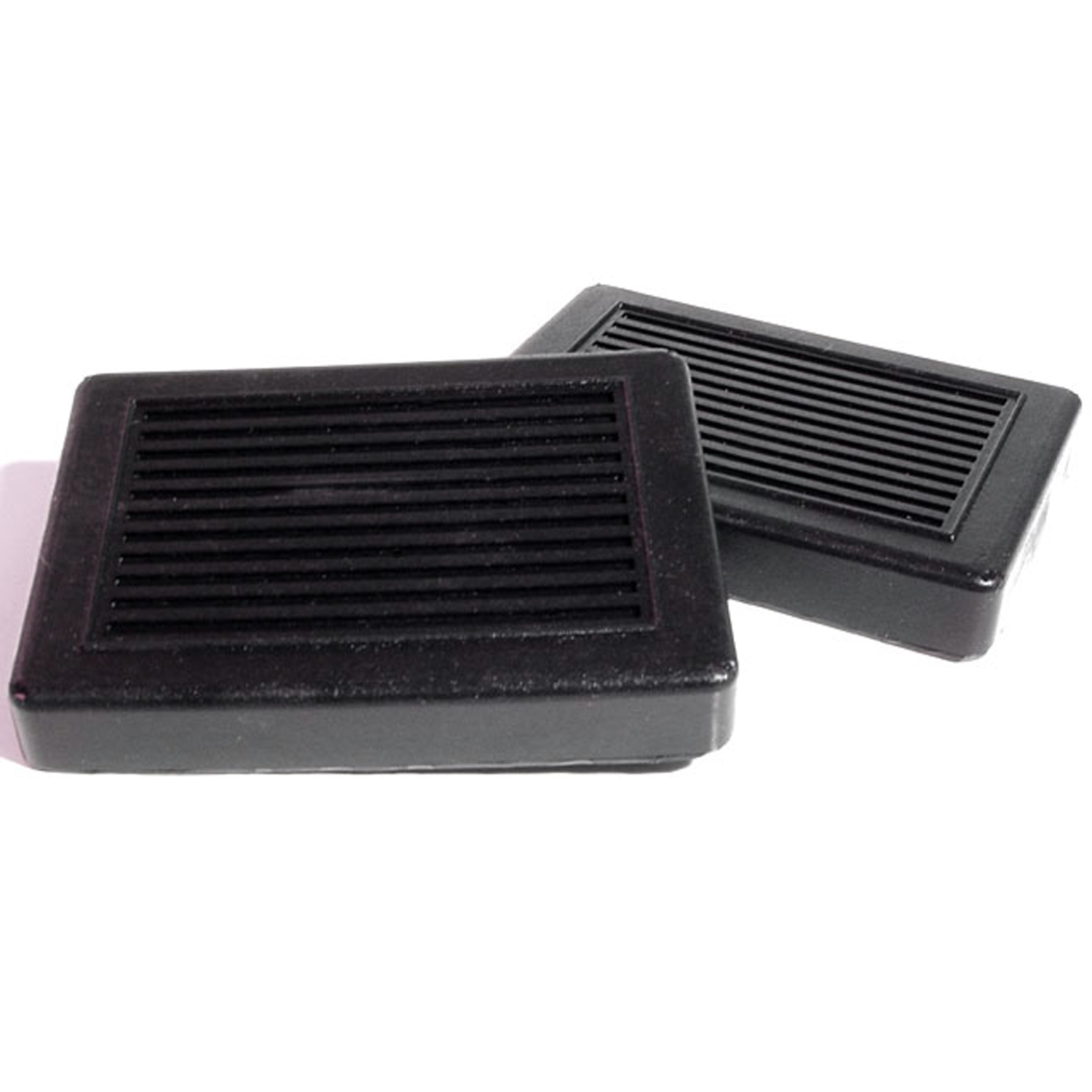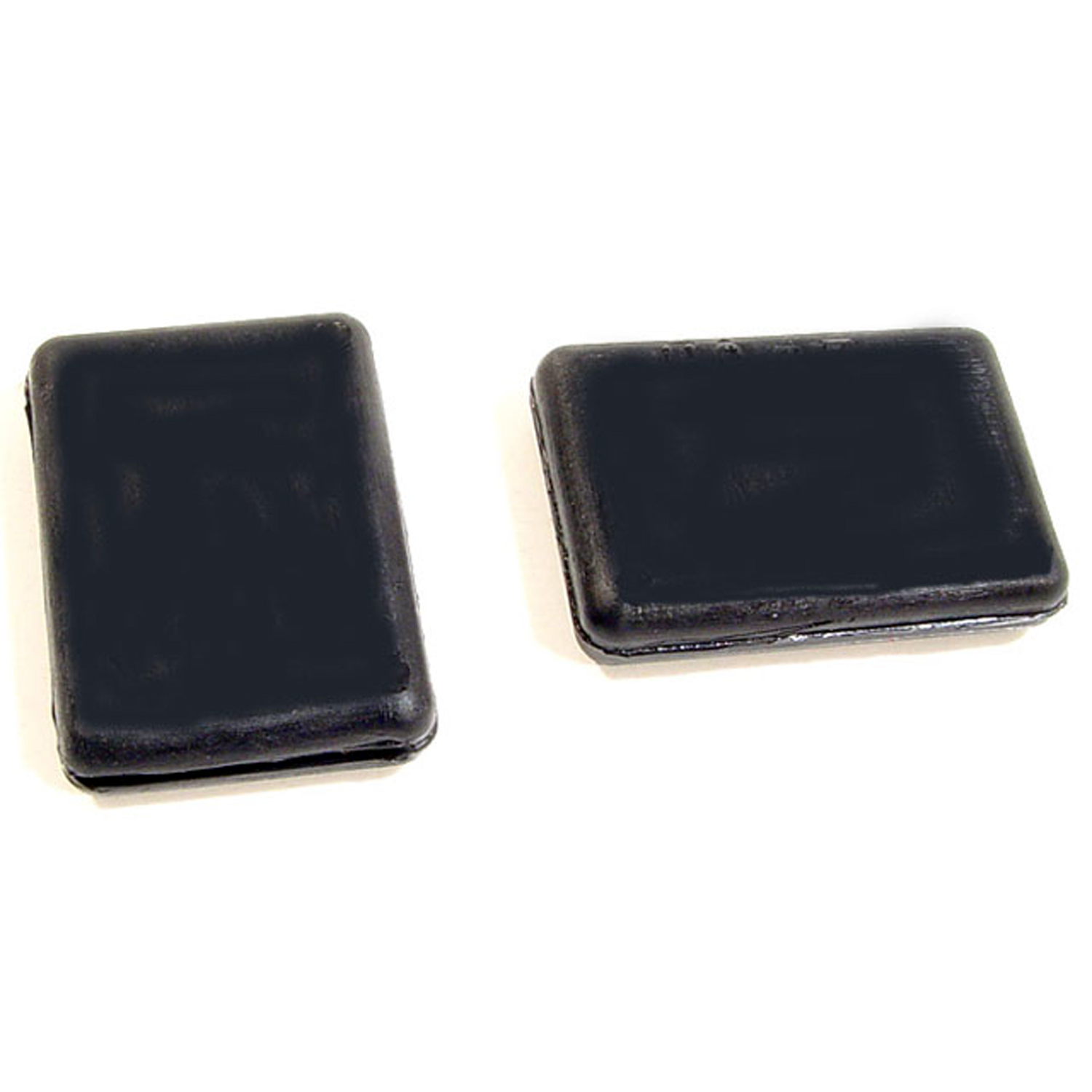Performance Metrics
Fundamental Metrics
Emotional Appeal
MMP Rating
| Engine Specifications | |
|---|---|
| Engine Options: | Inline 6-cylinder |
| Displacement Range: | 3.2L |
| Horsepower Range: | Estimated 63 HP |
| Torque: | Not available |
| Compression Ratio: | Not available |
| Ignition System: | Magneto ignition system |
| Cooling System: | Water-cooled |
| Performance Specifications | |
| 0-60 Time: | Not available |
| 1/4 Mile Time: | Not available |
| Top Speed: | 60 mph |
| Transmission and Drive | |
| Drive Type: | Rear-wheel drive |
| Transmission Type: | 3-speed manual |
| Fuel and Efficiency | |
| Fuel System Type: | Carburetor |
| MPG: | Not available |
| Dimensions and Brakes | |
| Brakes: | Mechanical drum brakes |
| Wheelbase: | 130 inches |
| Weight: | Estimated 2,800 lbs |
Note: Specifications for classic cars are given to the best of our ability, considering the limited and variant data available.
The Dawn of American Automotive Elegance: The 1923 Auburn Model 6-63
The 1923 Auburn Model 6-63 emerged as a beacon of innovation and style during an era when the automotive industry was just beginning to hit its stride. Crafted by the Auburn Automobile Company, this vehicle not only represented the aspirations of a burgeoning middle class but also stood as a testament to American ingenuity and the relentless pursuit of luxury at an affordable price. With its origins rooted in Auburn, Indiana, this classic car was born from a manufacturer that would later become part of the legendary Auburn-Cord-Duesenberg conglomerate. A unique fact about the Model 6-63 is that it was among the first cars to offer consumers a taste of luxury without the exorbitant price tag, setting a precedent for future models.
Design and Innovation: A Glimpse into Roaring Twenties Sophistication
The exterior styling of the 1923 Auburn Model 6-63 was nothing short of a visual symphony, with graceful lines and an imposing grille that commanded attention. The vehicle's silhouette was accentuated by sweeping fenders and a poised stance that exuded confidence. Inside, passengers were greeted with an interior that showcased high-quality materials for its time, including plush seating and elegant wood trimmings. Technological features were ahead of their time, with advancements such as an electric starter and lighting system—luxuries not commonly found in all vehicles of that era. Color options ranged from deep blues to rich burgundies, with black remaining a popular choice for its timeless elegance. The Model 6-63 came in various body styles, including roadsters and sedans, but it was the Phaeton—a convertible with room for four passengers—that became an iconic symbol of open-air motoring luxury.
Historical Significance: Paving the Way for Accessible Luxury
The Auburn Model 6-63's impact on automotive design was profound. It democratized luxury features, making them accessible to a wider audience. Its blend of performance, style, and affordability set it apart from contemporaries and influenced future automotive offerings. This model laid foundational principles for what would become expected standards in later luxury vehicles.
Performance and Handling: A Ride Through History
In terms of performance, the Model 6-63's straight-six engine provided ample power for its time, allowing it to reach commendable speeds with ease. While exact acceleration figures are lost to time, contemporary accounts praise its smooth ride and capable engine. Handling was typical for the period; solid but without the precision of modern vehicles. Drivers could expect to feel connected to the road through mechanical steering and a suspension system designed to handle the unpaved roads common during that era.
Ownership Experience: A Journey Back in Time
Owners of the 1923 Auburn Model 6-63 likely used their vehicles for both daily transportation and leisurely Sunday drives. Maintenance would have been straightforward by today's standards but required more frequent attention due to the technology of the time. Reliability was on par with other vehicles from that period, meaning owners needed a basic understanding of their car's mechanics or access to a knowledgeable mechanic.
Fun Facts: The Auburn Legacy Lives On
Despite its age, the Auburn Model 6-63 has left behind intriguing trivia for automotive enthusiasts. While not known for breaking speed records or dominating racetracks, it held its own as a reliable and stylish vehicle. Celebrity ownerships are not well-documented but given its status during its heyday, it wouldn't be surprising if some notable figures of the '20s were seen behind its wheel. Common criticisms often revolved around its relatively conservative design compared to European counterparts.
Collector's Information: A Vintage Gem in Modern Times
Today, collectors value the 1923 Auburn Model 6-63 for its historical significance and charm. While production numbers are not precisely known, it is believed that several thousand units were produced. As with many vintage cars, exact values can vary widely based on condition, provenance, and originality; however, one can expect such a vehicle in good condition to fetch anywhere from $50,000 to well over $100,000 at auction or private sale. The market trends suggest that well-maintained models continue to appreciate as they become rarer finds.
Conclusion: Celebrating Nearly a Century of Automotive Heritage
The 1923 Auburn Model 6-63 stands as more than just an antique; it is a rolling piece of history that encapsulates the spirit of American innovation during an age of transformation. Its commitment to providing luxury at an attainable price set new standards within the automotive industry and left an indelible mark on car design and consumer expectations. For those lucky enough to own or witness this classic car today, it offers an evocative journey back to an era when automobiles began shaping modern life.
1923 Auburn Model 6-63 Catalog of Parts
 1923 Auburn Model 6-63 Accessory Floor Mat - 12"X17"-AC 14Accessory Floor Mat - made of high quality black rubber with molded original emblem. Also designed to be sewn into new carpets. 12"X17", Each
1923 Auburn Model 6-63 Accessory Floor Mat - 12"X17"-AC 14Accessory Floor Mat - made of high quality black rubber with molded original emblem. Also designed to be sewn into new carpets. 12"X17", Each 1923 Auburn Model 6-63 Accelerator Pedal Pad, 2-3/8" X 9-1/4", Each-AP 24Accelerator Pedal Pad, 2-3/8" X 9-1/4", Each
1923 Auburn Model 6-63 Accelerator Pedal Pad, 2-3/8" X 9-1/4", Each-AP 24Accelerator Pedal Pad, 2-3/8" X 9-1/4", Each 1923 Auburn Model 6-63 Clutch and Brake Pedal Pads. 3" wide X 3-7/8" long. Pair-CB 21Clutch and Brake Pedal Pads. 3" wide X 3-7/8" long. Pair
1923 Auburn Model 6-63 Clutch and Brake Pedal Pads. 3" wide X 3-7/8" long. Pair-CB 21Clutch and Brake Pedal Pads. 3" wide X 3-7/8" long. Pair 1923 Auburn Model 6-63 Hood Corners. Made of all rubber. No cut-away on back side-HC 27Hood Corners. Made of all rubber. No cut-away on back side. 7/8" X 1-1/4". Pair
1923 Auburn Model 6-63 Hood Corners. Made of all rubber. No cut-away on back side-HC 27Hood Corners. Made of all rubber. No cut-away on back side. 7/8" X 1-1/4". PairWhy Choose Metro?
For over 100 years, Metro Moulded Parts has been the pinnacle of quality in classic car restoration parts. Our commitment to precision and authenticity in every component ensures a perfect fit and an OEM-level appearance.
- Expert Craftsmanship & Quality: Each part is a testament to our dedication to reliability and perfection, crafted from original designs and thoroughly tested.
- Advanced Technology: We use cutting-edge techniques to create flawless, long-lasting parts that surpass others in performance.
- SuperSoft Sponge – The Ultimate Door Seal: Not only are our door seals 30% softer than competitors', but they're also guaranteed to never leak. They effectively reduce wind and road noise, enhancing your classic car's comfort and driving experience.
- Proudly American: Our parts are a product of American craftsmanship, made in the USA with a spirit of excellence and heritage.
- Unrivaled Warranty: We back our products with a 30-year industry-leading warranty, a testament to our confidence in their quality.
Join us in preserving the legacy of classic cars with parts that are crafted for perfection, not just made.

